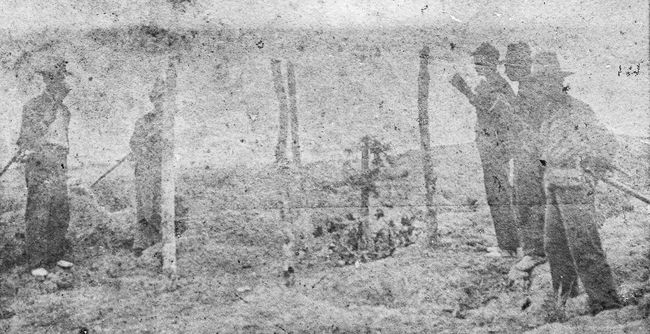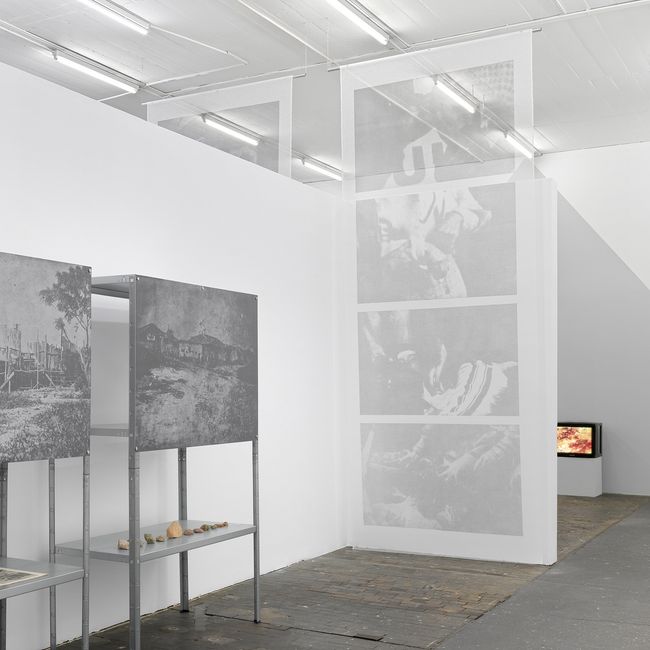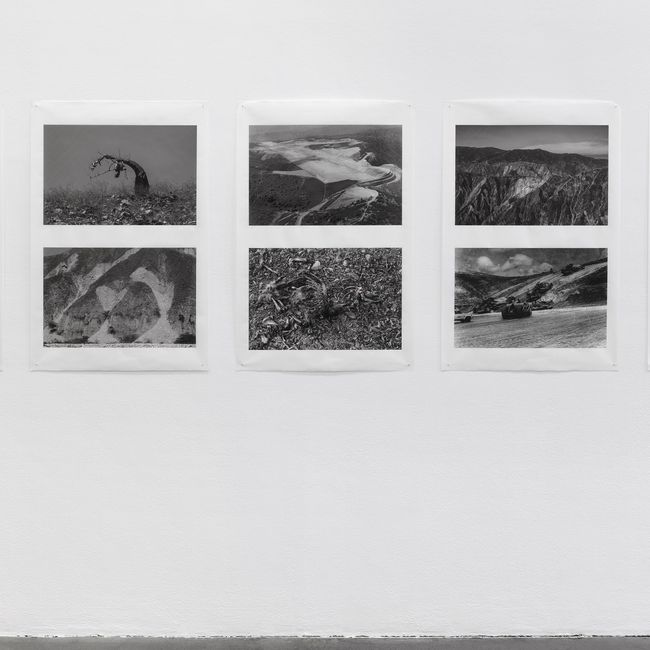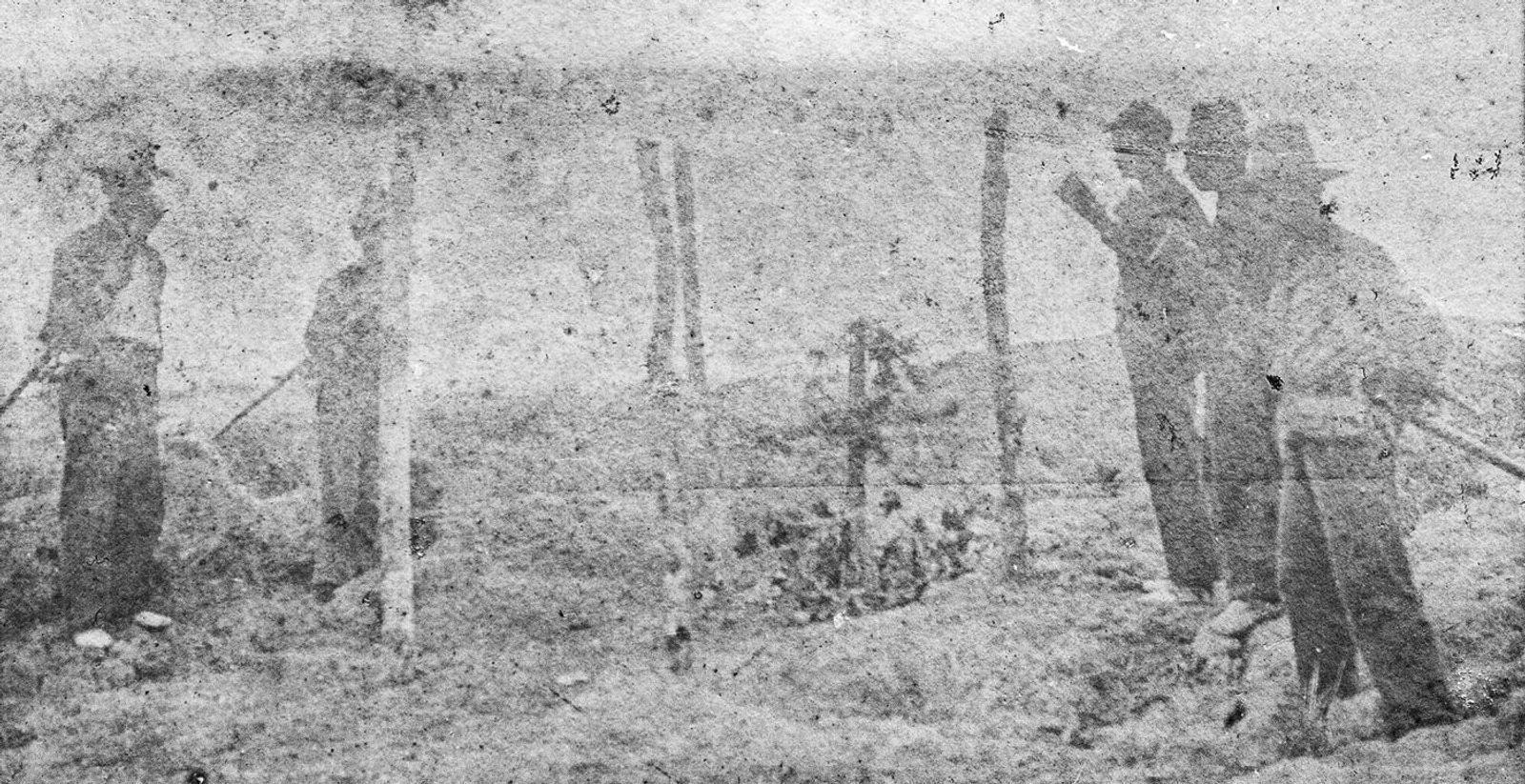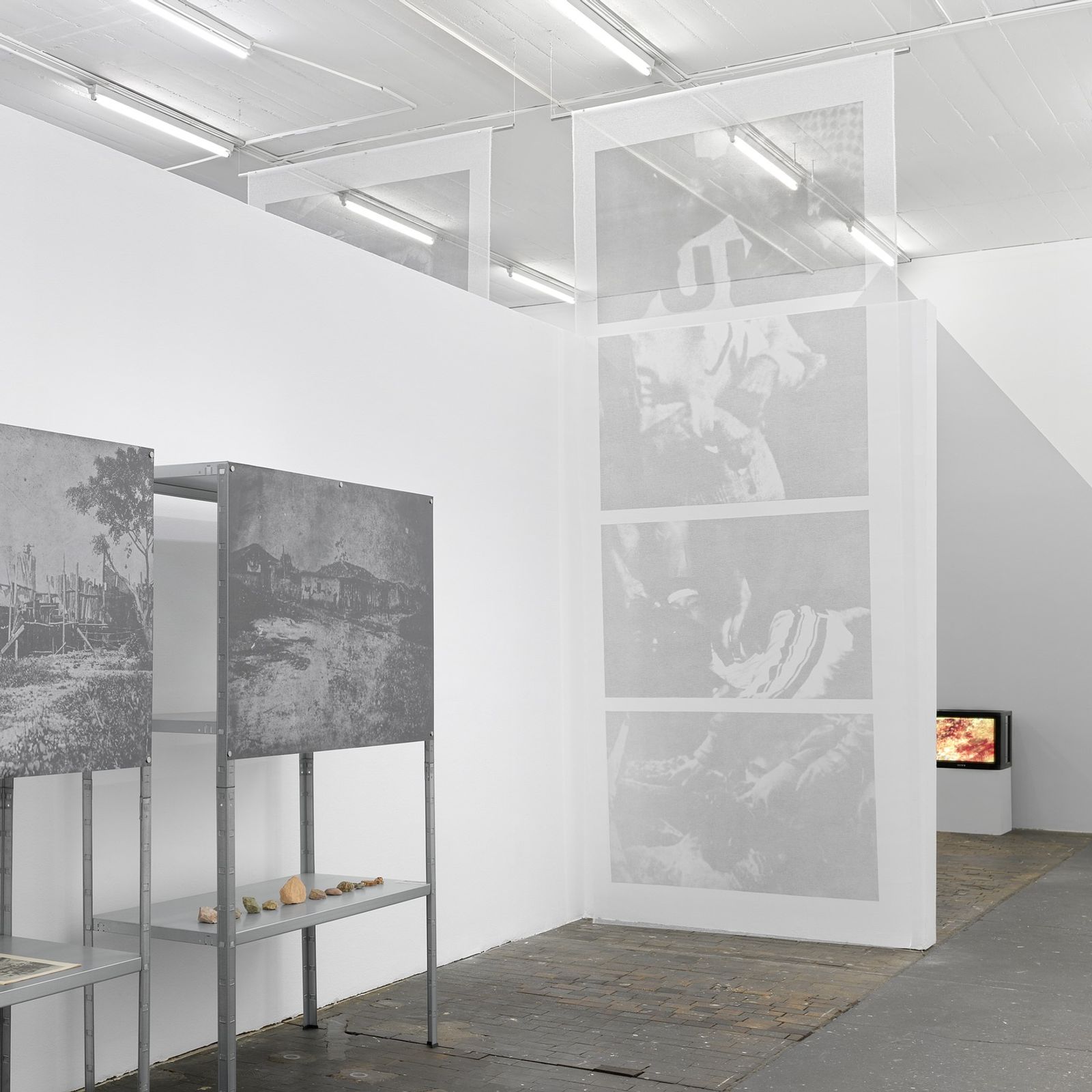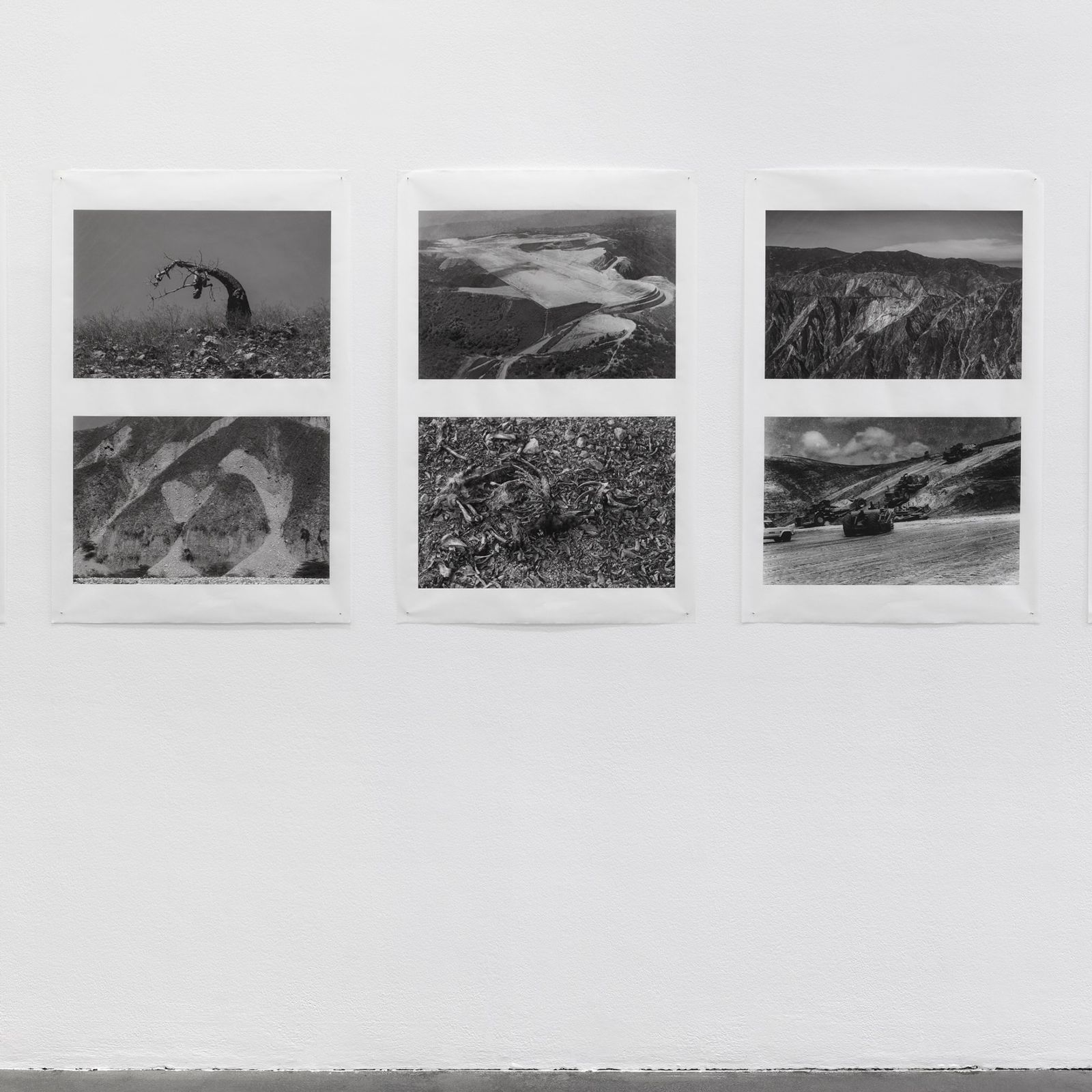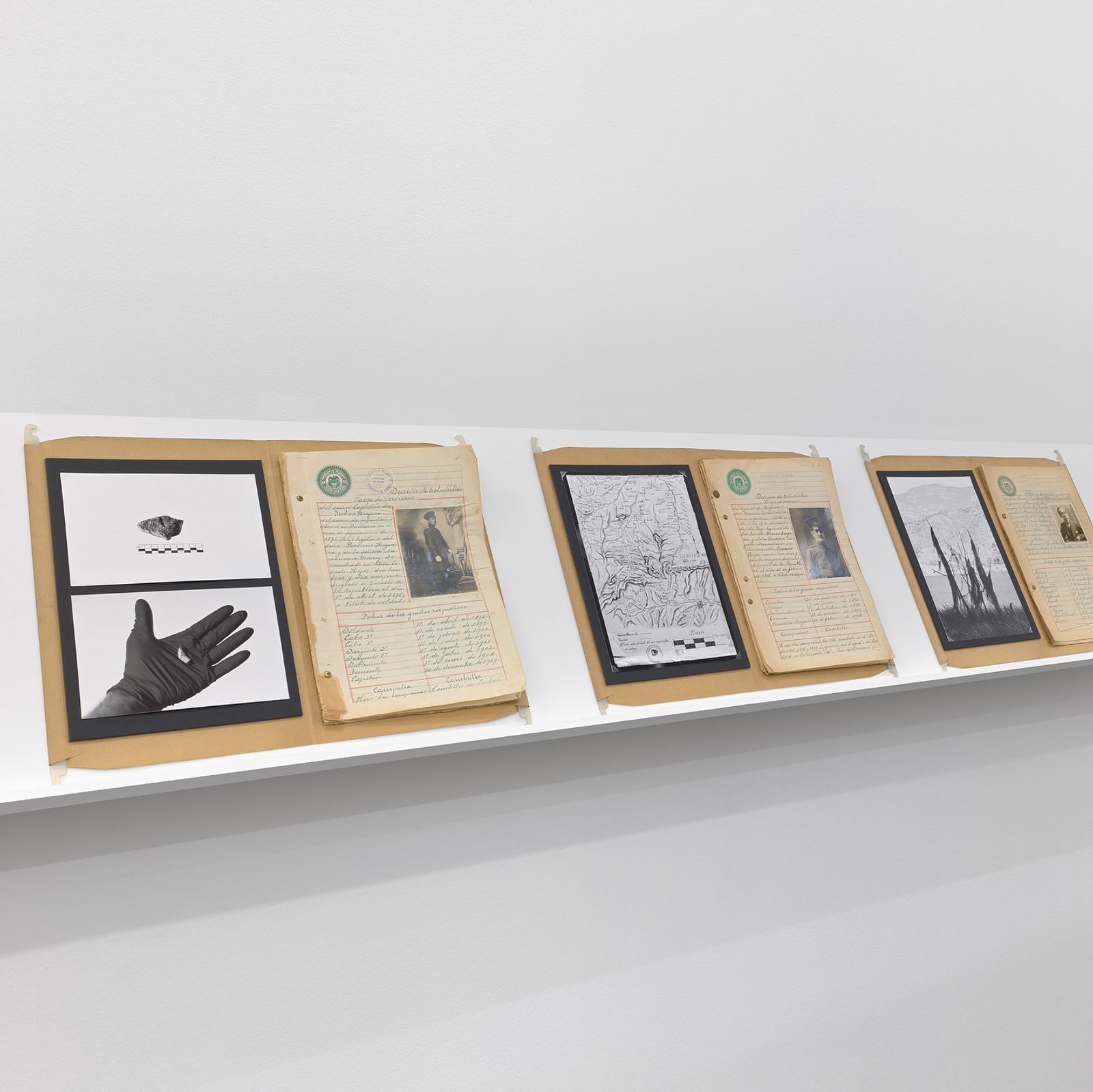Palonegro by Luis Carlos Tovar at Centre de la photographie Genève
-
Opens4 Sep 2024
-
Ends15 Dec 2024
-
Link
- Location Geneva, Switzerland
Palonegro is the most recent project by Colombian artist Luis Carlos Tovar, and the result of several years of research between Colombia and Switzerland.
Overview
Palonegro is the most recent project by Colombian artist Luis Carlos Tovar, presented for the first time in this exhibition. It is the fruit of several years of research between Colombia, Switzerland and France, both in the field and in numerous private and public archives of the three countries. Palonegro investigates a specific chapter in the history of violence in Colombia, the Thousand Days’ War (1899-1902), the country's ninth and most important civil war. The bloody Battle of Palonegro (11-26 May 1900) was the most important battle of the conflict. Beyond this particular chapter of Colombian history, the artist's research project explores the writing of history, its memorialisation and transmission, and possible processes for healing individual and collective traumas linked to political violence. He pays close attention to the narratives left out of official national histories and the multiple voices that shape them. He composes new interpretations by assembling excerpts from archives, documents and objects from different sources. His experimental use of photography, in which images are often cropped and evanescent, evokes the gradual erasure of memory. Palonegro also highlights the important and little-known links between Switzerland and Colombia in the creation and preservation of this country's history.
"In my latest projects I have developed an artistic practice around archives on Colombia's dramatic and violent history. Through personal and public archives, I am interested in the notion of postmemory as an exercise of imaginative reconstruction and creative involvement. For this new project my aim was to investigate the different forms of representation of violence in Colombia and the roots of our systemic violence nowadays through different typologies of documentary photography, maps and documents from five specific events during the 19th and 20th century.
My investigations led me to decommissioned files from the Colombian Ministry of War of 21 military service records of the Colombian Republic, used by former soldiers to claim their pensions after participating in the ninth civil war called the Thousand Days' War. I have also explored the Photothèque of the International Red Cross and Red Crescent Museum, and The Red Cross Museum in Geneva, which both contain significant but under-researched visual material related to the Colombian war history and to the humanitarian work conducted in the country, inspired by the organisation throughout the 19th and 20th century. The humanitarian aid of the Red Cross in Colombia began in the midst of the battle of Palonegro, during the Thousand Days War. Since then, the Red Cross has been an active witness in the history of violence in Colombia. At the Library of Geneva, I had the opportunity to photograph the Colombian Maps collection and in particular La Nouvelle Géographie Universelle by the anarchist carthographer Élisée Reclus (Catalogue Perron-XLI Amérique du Sud), with the purpose to make it accessible to a broader audience, including Colombian institutions and public. The body of work of this exhibition is also based on field work conducted in the Canyon of Chicamocha (Colombia), searching for the remains of this bloody civil war.
The goal of this research is the revision and resignification of these photographic archives, which I consider as bodies (corpus) to be healed. Approaching them in this manner allowed me to envisage by extension the possibility of healing individual and collective memory from the traumas and wounds of Colombian history. The process and result of this research could be characterised by the proverbs Homo homini lupus (man is a wolf to man) and Homo homini deus (man is a god for man). In those inventories, I have activated a performative visual essay using the recourse and mechanisms of appropriation through collage, super 8 film and photoengraving.
Palonegro is an attempt to reclaim and dignify the gesture of healing, while facing the representations of this unresolved war in my country. I wanted to magnify the hands from different contexts to emphasize this performative act. There is reference of a sculpture by Louise Bourgeois called Give or Take. The bronze arm has two hands. Each hand has a gesture. The first is open, ready to give or release something. The second hand is a closed fist. This ambivalent attitude could be evidenced in the relationship between the one who represents the suffering of the other and the one who looks, as well as between the one who archives those representations and the one who investigates them." Luis Carlos Tovar
